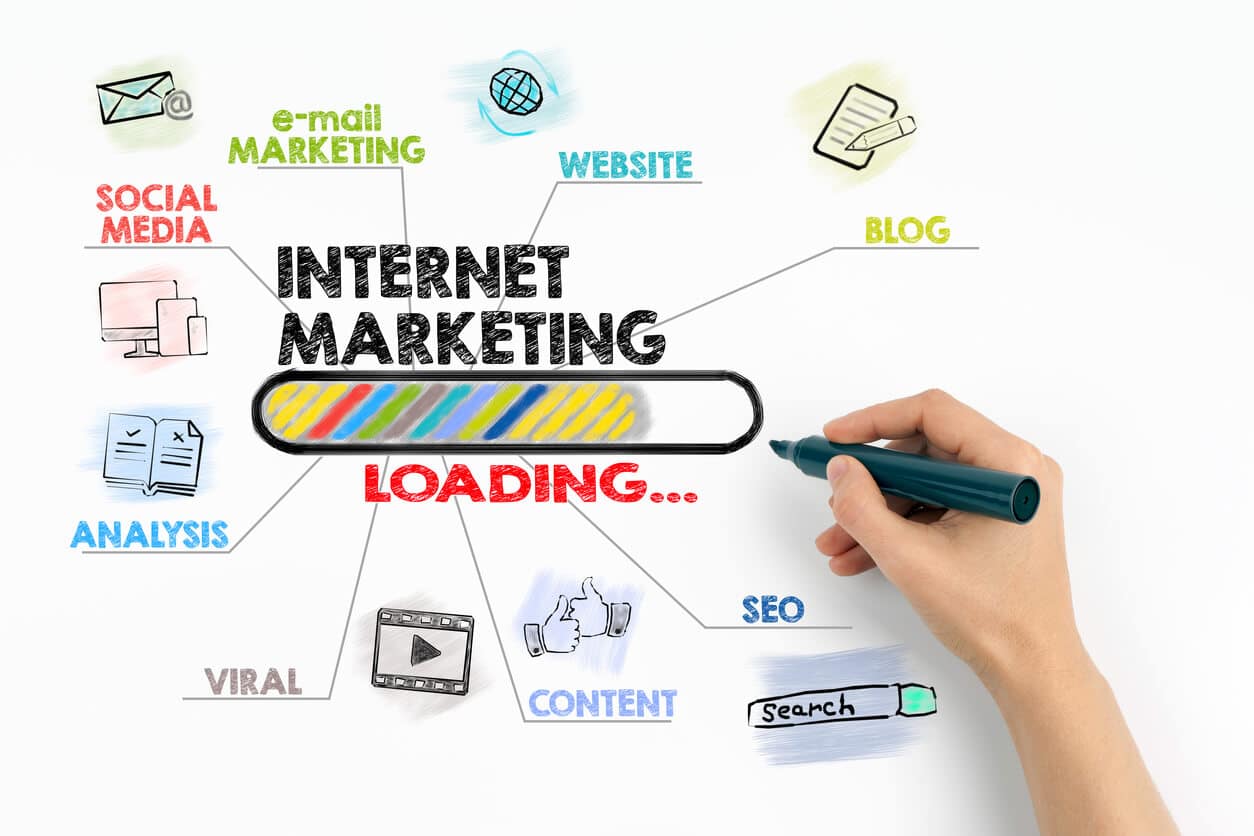The significance of online advertising as a fundamental strategy cannot be overstated. Businesses, irrespective of size or industry, are increasingly relying on the dynamic landscape of online ads to establish, strengthen, and sustain their presence in the digital sphere. This crucial method goes beyond conventional marketing approaches, embracing a spectrum of promotional activities meticulously crafted to boost brand visibility, enhance engagement, and drive conversions.
As technology progresses at an unprecedented pace, the realm of digital advertising continually adapts, offering a diverse array of channels, formats, and strategies for businesses to navigate and capitalize on. In this article, we delve into the core principles, emerging trends, and practical considerations that define the intricate world of online marketing, providing a comprehensive guide for businesses seeking to navigate the intricacies of the digital marketing landscape.

Channels and Formats:
Online advertising spans various channels, each catering to different user behaviors and preferences. BPJS88 Search Engine Advertising (SEA) dominates the digital realm, with paid search results appearing prominently on search engine result pages. Social Media Advertising harnesses the extensive reach and targeting capabilities of platforms like Facebook, Instagram, Twitter, and LinkedIn. Display Advertising, encompassing banner ads and multimedia displays, occupies strategic positions on websites to capture user attention. Video Advertising thrives on platforms like YouTube, delivering compelling visual content to captivate audiences.
Strategies for Success:
Effective Internet advertising requires a nuanced approach, with businesses deploying strategies tailored to their objectives. Search Engine Optimization (SEO) ensures websites rank organically in search results, complementing paid search efforts. Pay-per-click (PPC) advertising charges businesses only when users click on their ads, optimizing cost-effectiveness. Content Marketing integrates valuable content creation with advertising efforts, fostering audience engagement and brand loyalty.
Targeting and Personalization:
One of the strengths of digital advertising lies in its ability to target specific demographics and personalize content. Advanced analytics and user data empower advertisers to tailor messages based on user behavior, preferences, and demographics. This personalized approach enhances relevance, increasing the likelihood of user engagement and conversion.

Measuring Performance:
Online marketing’s inherent advantage is its measurability. Businesses can track the performance of campaigns in real time, analyzing metrics such as click-through rates, impressions, conversions, and return on investment. This data-driven approach allows for continuous optimization, ensuring that advertising efforts align with business goals.
Challenges and Opportunities:
While online ads presents vast opportunities, it also comes with challenges. Ad-blocking technologies, ad fatigue, and privacy concerns necessitate careful consideration of user experience. However, emerging technologies like Artificial Intelligence (AI) and augmented reality offer innovative avenues for immersive and engaging ad experiences.
The Future Landscape:
As technology evolves, the future of online advertising holds promise. Interactive and immersive formats, augmented reality integration, and voice-activated advertising are emerging trends. The rise of e-commerce and mobile usage further amplifies the significance of digital advertising, making it an indispensable element of a comprehensive digital marketing strategy.
The future of online advertising holds the promise of even more immersive and personalized experiences. Emerging technologies like artificial intelligence, augmented reality, and the ever-growing influence of e-commerce are set to redefine how brands engage with consumers. It’s a landscape where creativity meets analytics, where user experience is paramount, and where adaptability is a non-negotiable trait for businesses aiming to stay ahead. As we venture into this future, the journey is not just about capturing attention; it’s about fostering genuine connections, driving conversions, and shaping a digital narrative that resonates with the evolving needs and expectations of the modern consumer. Digital advertising, with its complexities and potential, remains a dynamic force propelling businesses into the digital age, where every click, impression, and engagement signifies an opportunity to tell a compelling brand story and create a lasting impact.
